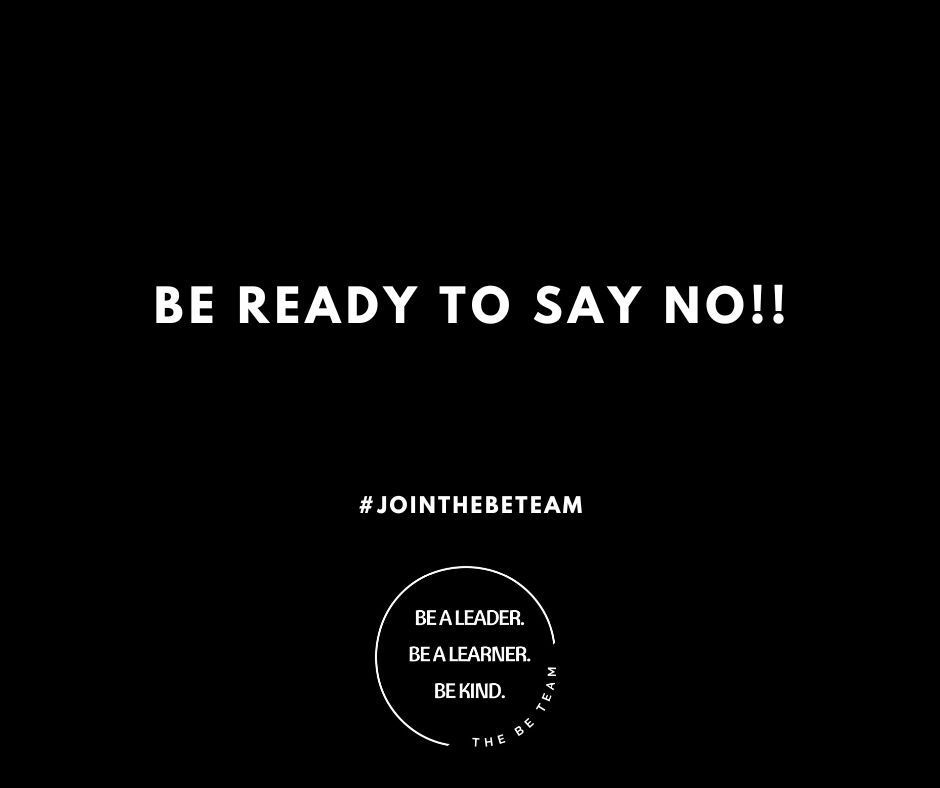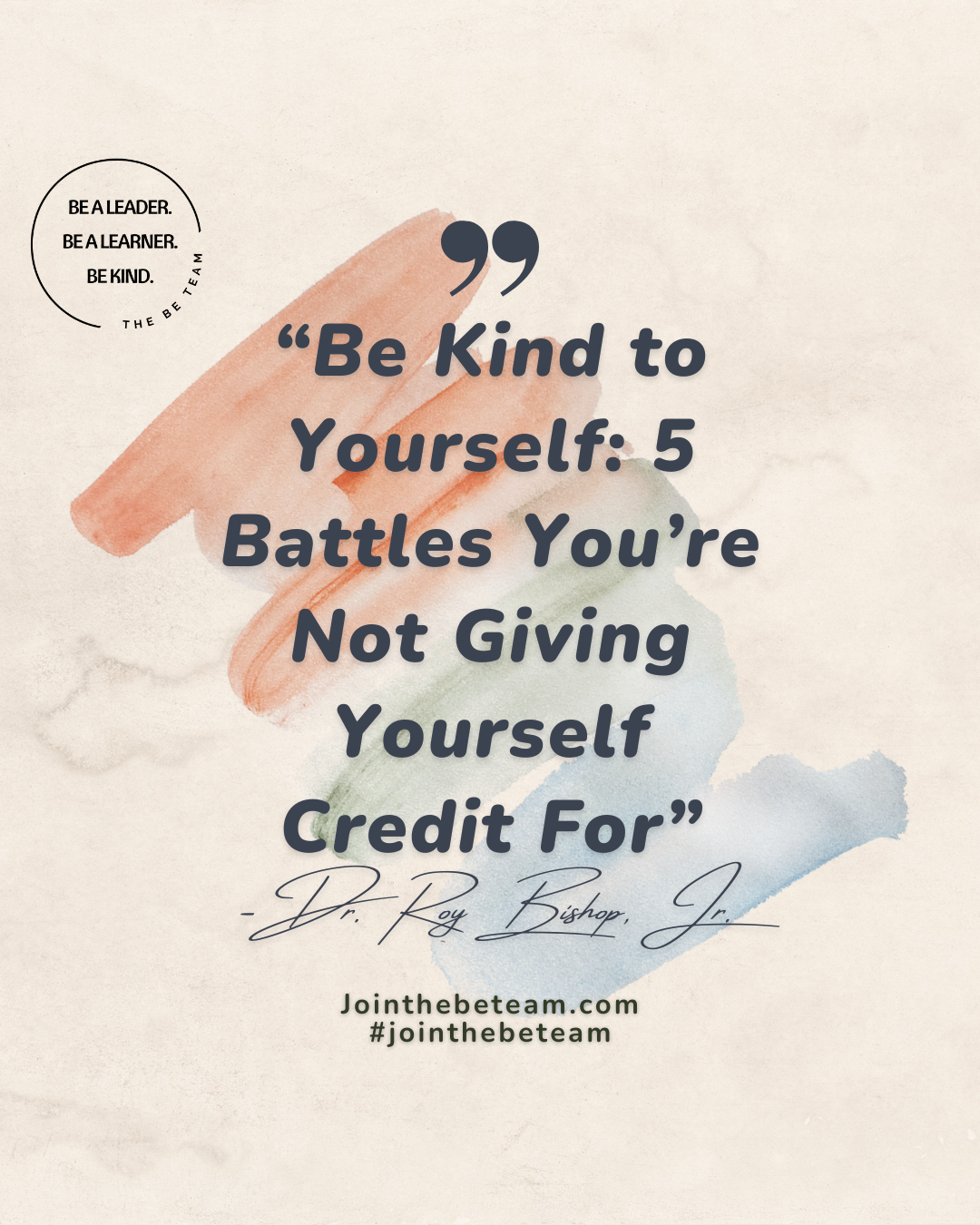Be Ready to Say 'No!'
Be REady to say 'no!'

The Power of Saying 'No': A Strategic Approach to Prioritizing Your Goals
One Thought for you to consider:
In today's fast-paced world, it's easy to get caught up in opportunities that don't align with our priorities. The ability to say 'no' is a skill that can significantly impact your journey towards achieving your goals. This blog post will explore five compelling reasons to decline opportunities that don't align with your priorities confidently.
1. Preserve Your Focus
Your goals are the compass guiding your journey, and saying 'no' is the shield that protects your focus. Every commitment you accept consumes time and energy. By selectively declining opportunities that don't align with your priorities, you ensure that your efforts remain concentrated on what truly matters. This deliberate focus enhances productivity and accelerates progress towards your goals.
2. Maintain Boundaries
Boundaries are essential on the road to success. Saying 'no' reinforces these boundaries, signaling to yourself and others what activities align with your mission and what might derail your progress. Boundaries create a framework for success, helping you avoid distractions and unnecessary commitments that could sidetrack your journey.
3. Strategic Decision-Making
Each 'no' is more than a refusal; it's a strategic decision to prioritize your goals. Successful individuals understand the importance of making choices that align with their long-term vision. Saying 'no' is not about shutting doors but about carefully selecting the ones that lead to destinations in harmony with your aspirations.
4. Guard Your Time
Time is a finite resource, and how you allocate it defines your path. Saying 'no' guards your time against being squandered on activities that lack significance. By being selective with your commitments, you can ensure that each moment contributes meaningfully to your journey, maximizing the efficiency of your efforts.
5. Preserve Mental Space
A cluttered mind hinders progress. Saying 'no' liberates mental space by preventing overwhelm. Clearing away non-essential commitments allows for greater clarity and mindfulness in decision-making. As you free up mental space, you empower yourself to make more deliberate choices, fostering a positive impact on your overall well-being.
In conclusion, the power of saying 'no' lies not in denial, but in strategic decision-making. Embrace the strength to decline opportunities that don't align with your priorities, preserving your focus, maintaining boundaries, and ensuring that every 'yes' moves you closer to your goals. Guard your time and mental space, and watch how the strategic deployment of 'no' becomes a cornerstone of your success.
Two Strategies to consider:
Prioritize and Communicate Clear Expectations:
One practical tip for leaders is prioritizing tasks and setting clear expectations for their team. Assess the urgency and importance of each request or opportunity that comes your way. If a new task doesn't align with the team's current priorities or goals, be prepared to say 'no' or propose a more suitable timeframe. Communicating these priorities transparently makes sure that your team stays focused and sets a precedent for effective time management.
Delegate Effectively:
Leaders often face many responsibilities, and learning to delegate effectively is crucial. Identify tasks that can be assigned to team members based on their strengths and capabilities. Delegating empowers your team and allows you to say 'no' to tasks that may be better suited for others. It's a strategic way to handle each task efficiently while preventing burnout. Practice open communication when delegating, ensuring the team understands the rationale behind the delegation and how it aligns with overall objectives.
One Question for you to answer:
What opportunities are you currently entertaining that do not align with your priorities, and how might saying 'no' strategically enhance my focus and propel you closer to achieving your long-term goals?
Let's build the life you want together! We want you to be the best version of yourself! We are here to help!
There are three things I need you to do today and every day: Be a Leader. Be a Learner. Be Kind.
share this
Related Articles



STAY UP TO DATE
the latest from the be team
Receive an alert anytime a new post drops
Contact Us

